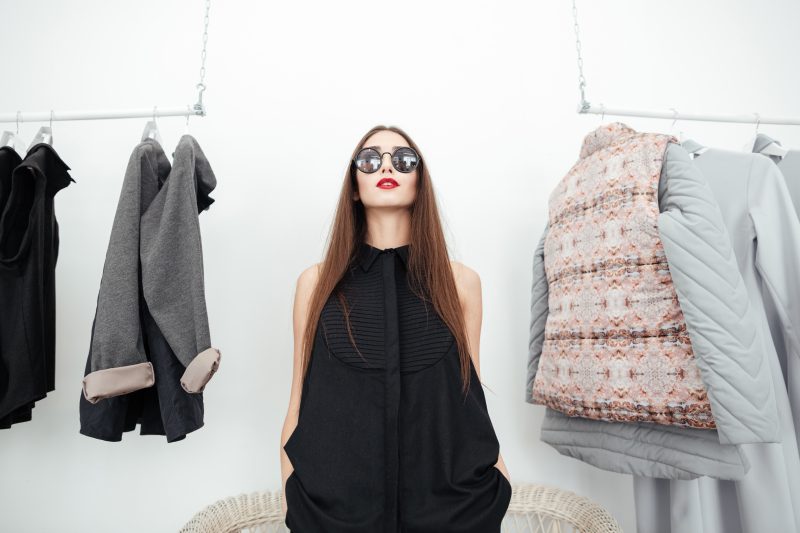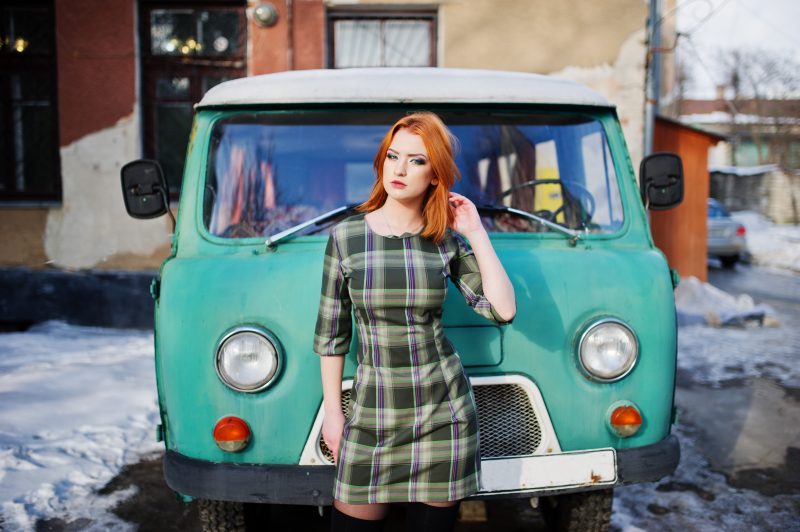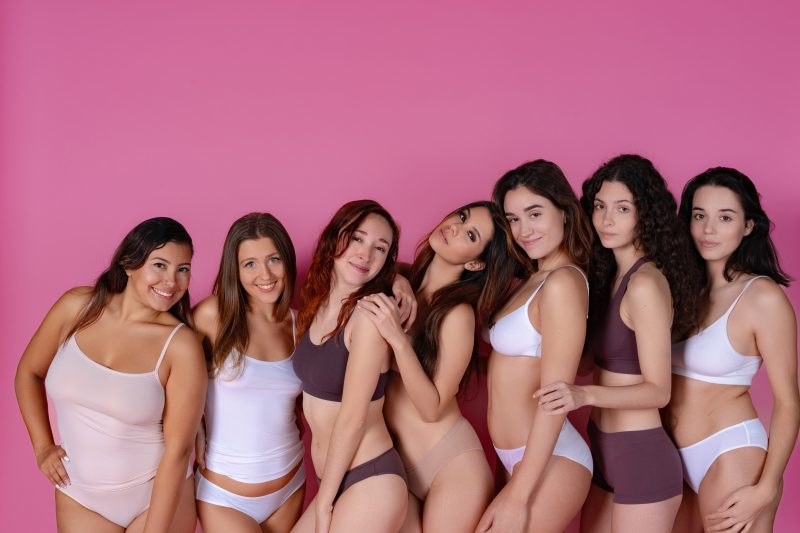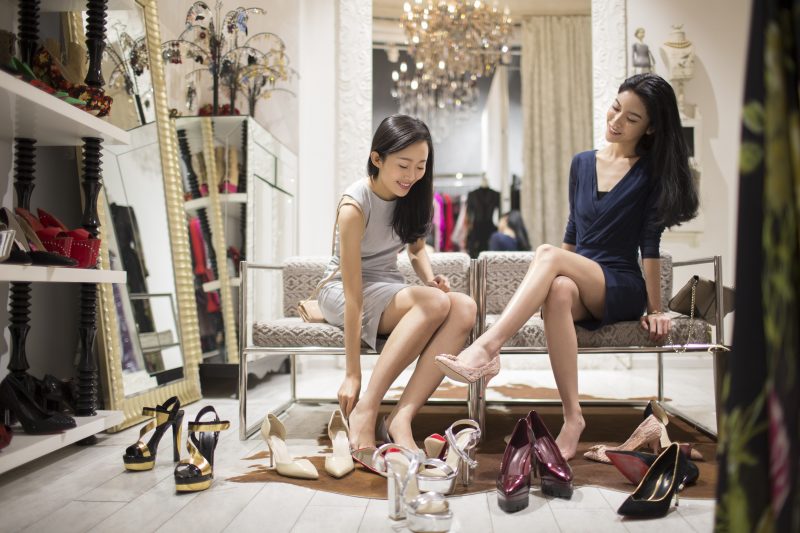My introduction to fashion’s best-kept secret happened three years ago in the Style Compass USA bathroom, of all places. I was washing my hands when Simone, our notoriously intimidating fashion director, walked in wearing what appeared to be perfectly tailored cream wide-leg trousers that pooled just so over her Manolos. Naturally, I complimented them—partly because they were genuinely beautiful, partly because I was still slightly terrified of her even after five years of working together.

“Thanks,” she said, unexpectedly warming. “They’re Quince. Ninety-eight dollars.”
I nearly choked. Simone, whose closet was rumored to house vintage Alaïa and rare Phoebe Philo-era Celine, was wearing pants that cost less than the candle on her desk? Before I could recover, she leaned in conspiratorially and whispered, “Don’t tell anyone. It’s my secret weapon.”
That bathroom conversation was my introduction to fashion’s equivalent of Fight Club. The first rule of Quince is you don’t talk about Quince—at least not outside trusted industry circles. In the three years since, I’ve spotted their pieces on fashion directors at Vogue, stylists preparing for celebrity shoots, designers sourcing inspiration pieces, and costume designers for prestige TV shows. Yet somehow, this brand has remained relatively unknown to the general public despite offering some of the most expensive-looking basics at startlingly reasonable prices.

“Oh god, are you finally writing about them?” groaned Emma, a stylist friend who regularly works with A-list celebrities, when I mentioned this article. “We’ve been trying to keep it quiet. Do you know how hard it is to find brands that look luxury but don’t blow your styling budget? Once everyone knows, it’s going to be constantly sold out.”
Sorry, Emma. The secret’s about to get out.
Quince operates on a radically different model than most fashion brands. There’s no middleman markup, no wholesale inflation, no artificial price hikes to create the illusion of luxury. They source directly from the same manufacturers used by high-end labels, produce in limited quantities to avoid waste, and ship directly to consumers. The result is pieces that look and feel premium but cost a fraction of their designer counterparts.

Their specialty? Luxurious fabrics that normally come with eye-watering price tags. Mongolian cashmere sweaters for under $50 that feel identical to versions I’ve touched at Loro Piana. Washable silk blouses for $59 that have survived my laundry disasters better than equipment tops triple the price. Italian leather flats for $125 that have been mistaken for The Row.
“We actually use Quince for many of our comparative quality tests,” admitted Julian, a textile consultant who works with luxury brands but asked that I not use his last name for fear of client backlash. “Their cashmere, in particular, is often molecularly identical to pieces being sold for five or six times the price. The difference is marketing and markup, not material.”
This isn’t some dropshipping operation or fast fashion brand masquerading as quality, either. Quince maintains transparency about their factories and materials that would make many “sustainable” brands nervous. They use the same Italian mills as designers charging quadruple, the same Mongolian cashmere sources, the same Japanese fabric technologies.

“We started stocking their pieces in our wardrobe department after a costume designer brought in some of their washable silk,” revealed Marcus, who works in television production. “We were blowing through our budget on ‘rich person clothes’ that would fall apart after three washes. Their stuff holds up to long shooting days and multiple cleanings, and on camera, it reads completely luxury.”
The pieces that have become industry staples are their year-round basics: the $98 wide-leg washable silk pants that started my obsession (now in my closet in three colors), their $98 washable silk dresses that somehow never wrinkle, the $50 Mongolian cashmere crews and cardigans that I’ve seen layered under designer jackets at fashion week, and their $59 washable silk blouses that have become the foundation of many a fashion editor’s work wardrobe.
“I wear their silk shirt during market appointments with actual silk designers charging $400 for comparable pieces,” confessed Hannah, a market editor at a major fashion magazine. “No one has ever questioned it. I just remove the minimal tag and everyone assumes it’s The Row or some under-the-radar European brand.”

The interesting thing about Quince’s stealth popularity among industry insiders is that it speaks to a reality rarely acknowledged in fashion media: even people with closet access and discount privileges are still operating on budgets. Editors might borrow runway pieces for major events, but day-to-day, they’re looking for the same cost-per-wear value as everyone else.
Katherine, my no-nonsense editor at Style Compass USA, put it succinctly: “The industry runs on smoke and mirrors. We’re supposed to pretend we’re all wearing head-to-toe designer all the time, but the reality is most fashion people are mixing high and low. Quince just happens to be the rare affordable brand that doesn’t immediately read as cheap.”
That’s the key difference that has earned Quince its insider status. Unlike fast fashion brands that offer of-the-moment trends at low prices but scream “disposable” in both quality and design, Quince pieces genuinely pass for luxury in both fabrication and aesthetic. They focus on minimal, timeless designs that could easily have come from The Row, Jil Sander, or old Céline. The approach is less about copying specific designs and more about capturing that ineffable quality of quiet luxury—pieces that whisper rather than shout.

“I can spot a Zara piece from across the room,” said Miguel, a stylist who works primarily with menswear clients. “But Quince? If you removed the labels, I challenge even seasoned fashion people to distinguish their cashmere or leather from pieces ten times the price. They understand that true luxury is about material quality and cut, not logos or hardware.”
The brand’s origin story reflects this philosophy. Founded in San Francisco rather than a traditional fashion hub, Quince was created by husband and wife team Sid and Bella Gupta, who previously worked in tech. Their outsider perspective allowed them to question fashion’s established rules about pricing and distribution. Why should a silk shirt that costs $25 to produce retail for $250? Why can’t consumers access the same factories and materials as luxury brands without the artificial markups?
“We don’t spend millions on marketing or runway shows or celebrity placements,” explained Sid when I reached out for this piece. “We don’t sell to department stores who need to take their cut. We don’t create artificial scarcity or seasonal churn. We just make good products, sell them directly to consumers, and let the quality speak for itself.”

This approach has kept Quince intentionally under the radar. Without splashy marketing campaigns or influencer unboxings flooding your feed, discovery happens primarily through word-of-mouth—fashion insiders whispering to other fashion insiders during market appointments, stylists tipping off trusted colleagues, editors quietly stocking their closets while maintaining the mystique of their supposedly designer-only wardrobes.
“I’ve literally watched editors take scissors to the small Quince label before fashion week,” laughed Taylor, a fashion assistant at a luxury magazine. “Not because they’re ashamed of affordable clothes, but because they’re literally hoarding this secret. Once a brand becomes known as a ‘fashion person brand,’ it’s only a matter of time before it’s either impossible to get or raises its prices.”
She’s not wrong. Fashion runs on exclusivity, and there’s precedent for industry-favorite affordable brands going mainstream and subsequently losing their magic. Think of Everlane’s early days as a fashion insider secret, Old Céline staff’s quiet obsession with certain minimalist COS pieces, or the way French editors hoarded Petit Bateau tees before they became widely recognized as a staple.

What’s different about Quince is its intentional choice to grow slowly and maintain quality and price points rather than chase rapid expansion. This has allowed them to remain both accessible and under the radar—the perfect combination for industry insiders looking to stretch their wardrobe budgets without compromising on appearance.
“I was skeptical until a stylist friend literally forced me to feel their washable silk during a shoot,” admitted Zoe, a creative director who now owns “an embarrassing number” of Quince pieces. “I ordered one tank as a test, and now my entire travel wardrobe is basically their washable silk. I spent years ruining dry-clean-only tops in hotel sinks before discovering I could get actual quality silk that survives real life.”
My own Quince collection has grown strategically over the past three years. After those initial wide-leg pants, I added their $59 washable silk tanks for layering, a $99 Italian leather tote that handily replaced my falling-apart expensive bag, and most recently, their $80 linen shirtdress that garnered three “is that The Row?” questions during its first wearing to the office.

The brand isn’t perfect—some pieces are definitely stronger than others. Their strengths lie in their core materials: the washable silk, cashmere, linen, and leather goods consistently amaze, while some of their more technical pieces or trend-adjacent items don’t quite hit the same quality heights. The sizing can be inconsistent across styles, requiring some trial and error. And their minimal, timeless aesthetic won’t satisfy if you’re looking for bold fashion statements or distinctive designs.
But that’s precisely the point. Quince isn’t trying to be your entire wardrobe—it’s creating the perfect expensive-looking foundation pieces that let your actual investment items shine. It’s the cashmere sweater under your statement jacket, the perfect silk pants paired with distinctive shoes, the leather bag that quietly complements rather than competes with your overall look.
“I tell clients to spend money on the pieces with distinctive design elements and personality, and use Quince for beautiful basics,” explained Rachel, a personal stylist whose clients include several tech executives and entrepreneurs. “No one needs a $400 basic black cashmere sweater or simple silk shirt. Put that money toward something unique and special, and let Quince handle the foundation pieces.”
This strategy has served me well in building a wardrobe that looks far more expensive than it actually is. My approach is to use Quince for anything where material quality matters more than distinctive design—cashmere, silk, linen, leather basics—and invest in unique pieces from designers doing something special and irreplaceable.
I’ve worn their $50 cashmere crews with vintage Comme des Garçons skirts to fashion week. I’ve paired their $98 washable silk pants with cherished Rachel Comey tops for important meetings. I’ve carried their $98 leather crossbody while wearing a splurge-worthy Jacquemus dress to a wedding. In each case, the Quince pieces looked like intentional minimalist choices rather than budget compromises.
As I write this, I can already hear the groans from fashion insiders who wanted to keep Quince as their industry secret. To them I say: I understand your pain, but good things deserve recognition. And selfishly, the more people who discover and support this business model, the more likely other brands will be to adopt similarly transparent pricing and quality-focused approaches.
So consider this my fashion editor confession: that expensive-looking outfit I wore to last season’s shows wasn’t actually all expensive. My perfectly cut cashmere coat? Designer, yes. The silk shirt underneath? Quince, $59, washed at home, no dry cleaner required. My seemingly luxury leather tote? Quince again, $99 and aging beautifully after countless coffee spills and laptop drops.
The greatest compliment I can give the brand is this: I can afford other options now, but I still choose Quince. Not because it’s cheap—though the prices remain remarkable—but because it’s genuinely good. And isn’t that what we’re all ultimately looking for? Not the performance of luxury through logos and labels, but the actual experience of quality in the things we wear every day.
So yes, fashion’s secret affordable luxury brand is officially out of the bag. Simone might never forgive me for this betrayal, but my conscience is clear. Quality basics shouldn’t be gatekept—even if it means I might have to click a little faster next time those washable silk pants get restocked.



